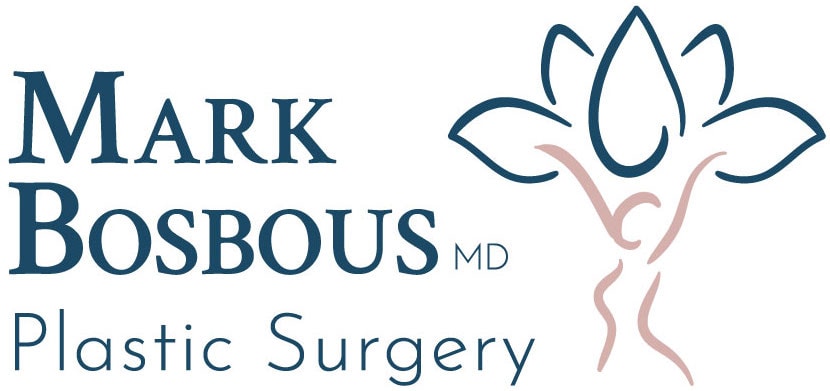Breast augmentation is one of the most common cosmetic surgeries, with over 300,000 procedures done yearly in the United States.
People choose to get breast implants for all kinds of reasons, whether it’s to feel more confident in their body, to restore volume after pregnancy or weight loss, or simply so their shape better reflects how they see themselves.
In this article, we’ve broken down ten of the most frequently asked questions about breast augmentation so you can head into your consultation feeling informed and confident.
Am I too old for breast implants?
There’s no official age limit for breast augmentation, as long as you’re in good health and have realistic expectations.
Plenty of patients in their 40s, 50s, and even 60s choose to get implants — especially after pregnancy, weight changes, or aging have altered their natural breast shape.
What size should I pick?
Size is one of the most personal parts of the process, and it largely depends on your desired result.
Your surgeon will help guide you based on your body frame, existing breast tissue, and goals — but there’s no one-size-fits-all solution. Trying on sizers during your consultation, and by reviewing before-and-after photos, you can visualize what feels right for you.
Do breast implants hurt?
The procedure itself is done under general anesthesia, so you won’t feel anything during surgery. Afterward, it’s normal to feel sore or tight for a few days.
Most patients describe it as discomfort, not sharp pain — like an intense workout or pressure in the chest. Prescription pain medication is typically only needed for a short time.
Can I breastfeed after breast augmentation?
In most cases, yes. Most patients retain the ability to breastfeed after implants, especially when the incision is made under the breast or through the armpit.
However, if the surgery involves cutting near the areola, there’s a slightly higher risk of affecting milk ducts or nerves. If breastfeeding is important to you, bring it up during your consultation.
What material is best for breast implants?
The most commonly used implants today are made of silicone — and for good reason. Modern silicone implants are safe, reliable, and known for creating the most natural look and feel.
They’ve come a long way in recent years, now designed with thicker outer shells and filled with cohesive silicone gel that holds its shape even if ruptured.
While saline implants are still available, they’re used far less frequently. Silicone tends to offer better aesthetic outcomes and feels more like natural breast tissue, which is why most patients, and surgeons, prefer it.
Should I wait until I’m done having kids before implants?
You don’t have to, but it’s something to think about. Pregnancy can change breast shape and size, which might affect how your implants look down the line.
If you’re planning to have children soon, you may want to wait — but if kids are years away (or not in the plan at all), it’s perfectly fine to move forward now.
What happens if an implant ruptures?
If a saline implant ruptures, the body absorbs the saltwater and the breast deflates — usually pretty noticeably. With silicone implants, a rupture is less obvious and sometimes only detected by MRI or ultrasound.
While it’s not considered dangerous, a ruptured implant should be removed or replaced. Make sure to have regular checkups so you can monitor your implant’s integrity.
What should I expect after a breast augmentation?
Expect some swelling, tightness, and limited arm movement in the first few days.
Most patients take about a week off work, and only light activity is allowed for a couple of weeks. Over time, the implants settle into place (a process sometimes called “dropping and fluffing”), and the results become more natural-looking.
Once healing is complete and the final results are visible, most patients are surprised by how much more balanced and youthful their figure looks — not just in the chest, but overall. Breast augmentation can improve the shape, symmetry, and proportions of the body, helping you feel more confident in and out of clothes.
How long will a breast implant last?
Breast implants aren’t considered lifetime devices, but they’re also not on a strict expiration date, with many lasting 10 to 20 years or more.
If you’re not having issues, there’s no set time when you have to replace them. That said, it’s good to have regular checkups and be aware of any changes in shape, feel, or comfort.
What is the recovery time following surgery?
Initial recovery takes about 5 to 7 days, depending on your job and lifestyle. Most people return to work and normal daily activities after a week, but exercise and heavy lifting should wait at least 4 to 6 weeks.
Your surgeon will give you a personalized recovery plan based on your procedure and how your body responds.
Final Thoughts
Whether you’re just starting to explore breast augmentation or are getting close to booking a procedure, having the right information makes all the difference.
Every patient’s body and goals are different — and that’s exactly why we take a personalized approach.
At our Milwaukee clinic, Dr. Mark Bosbous works closely with each patient to answer every question, walk through the process, and create results that feel right for your body and your life.
Ready to learn more? Schedule a consultation and take the next step today.
